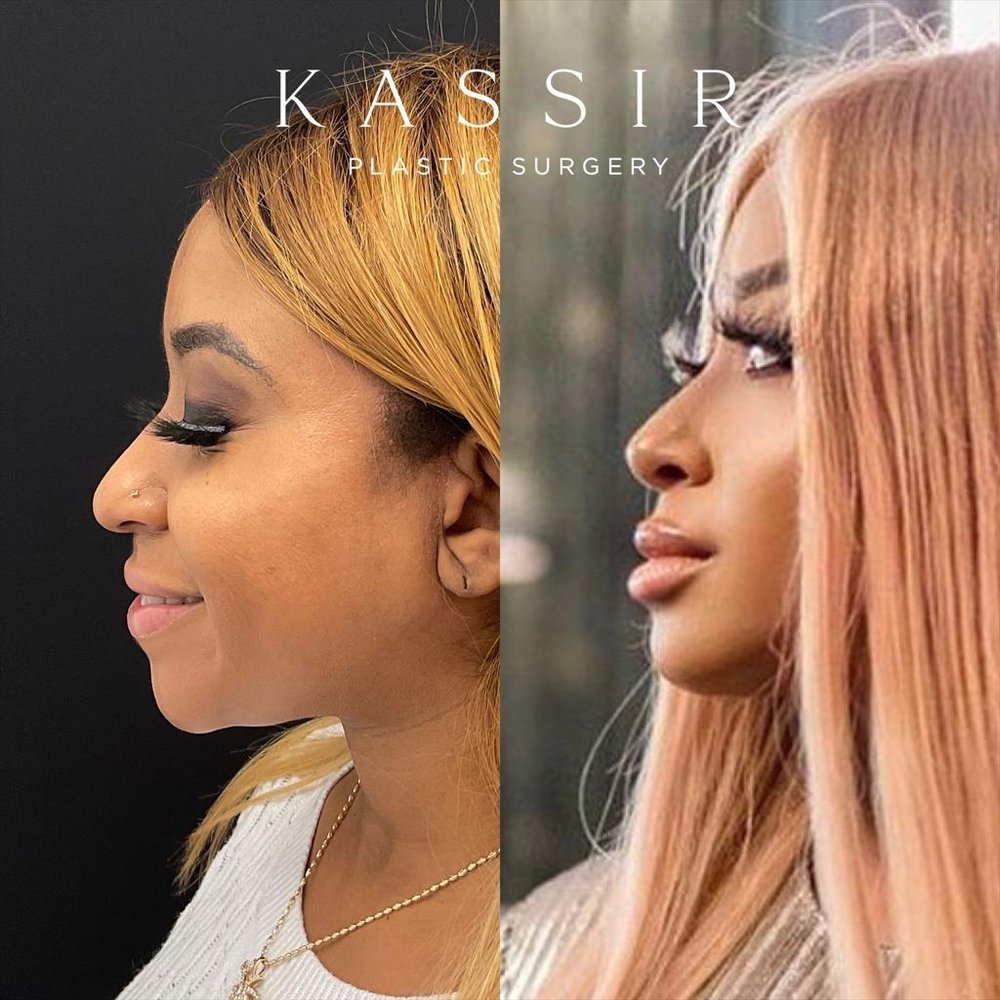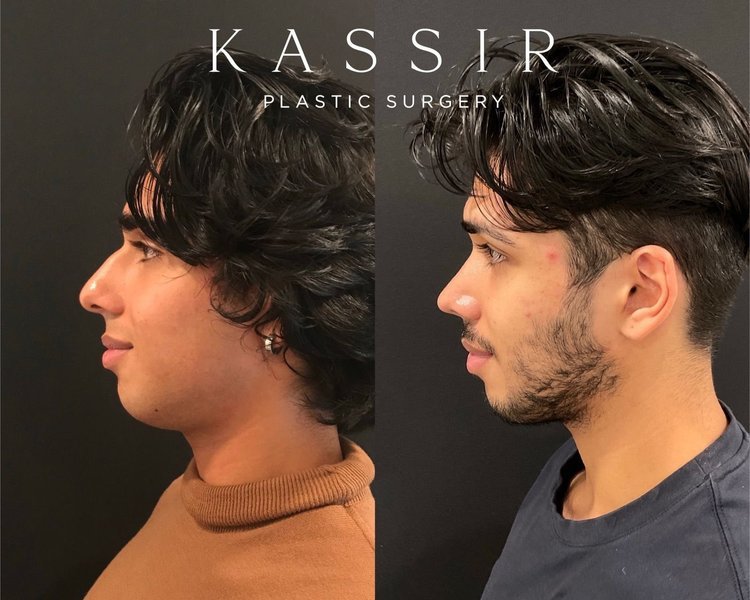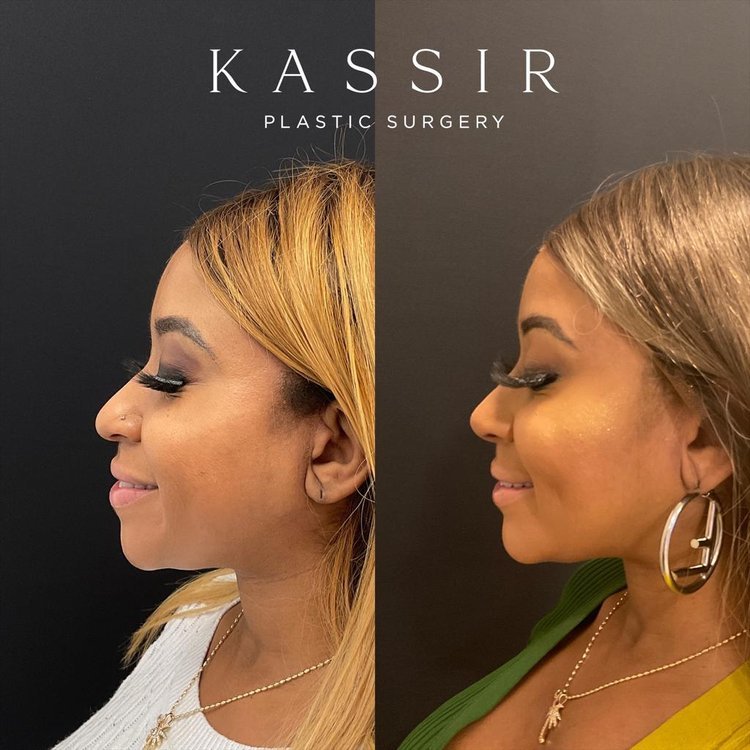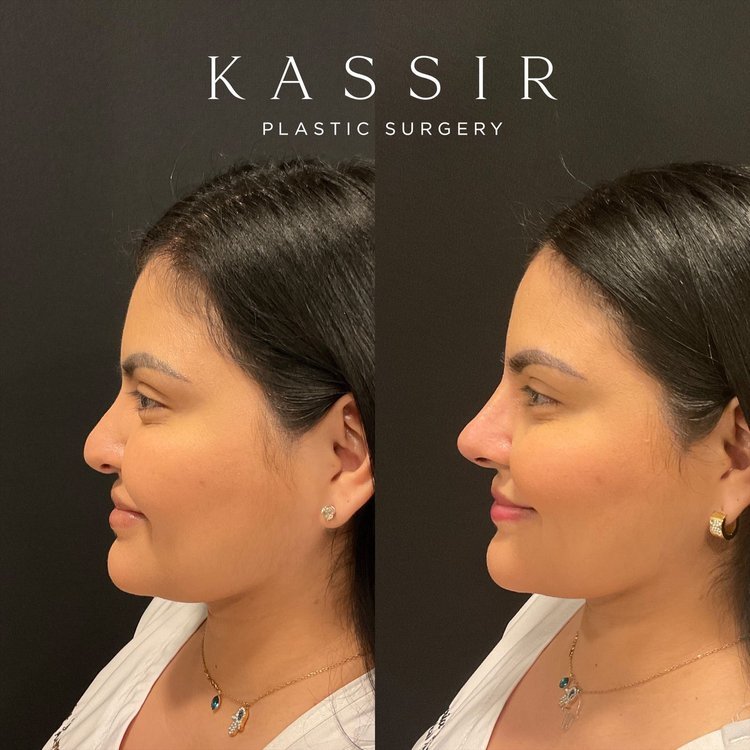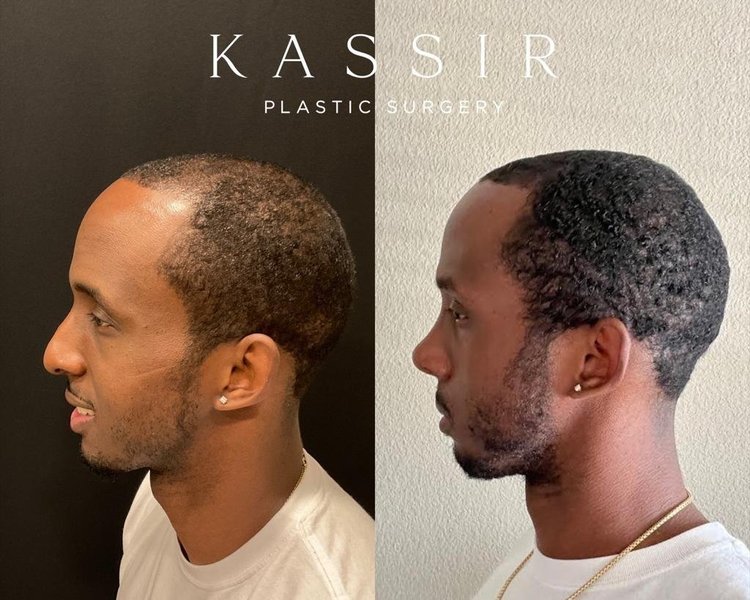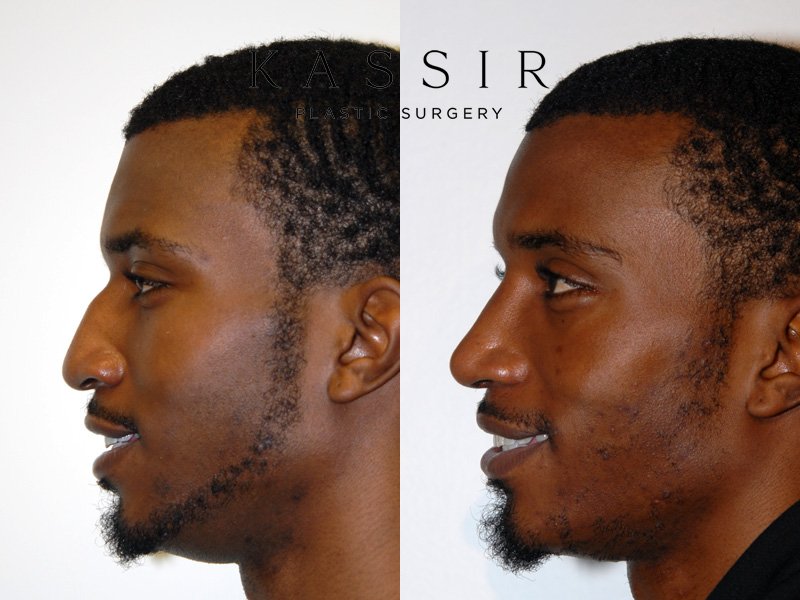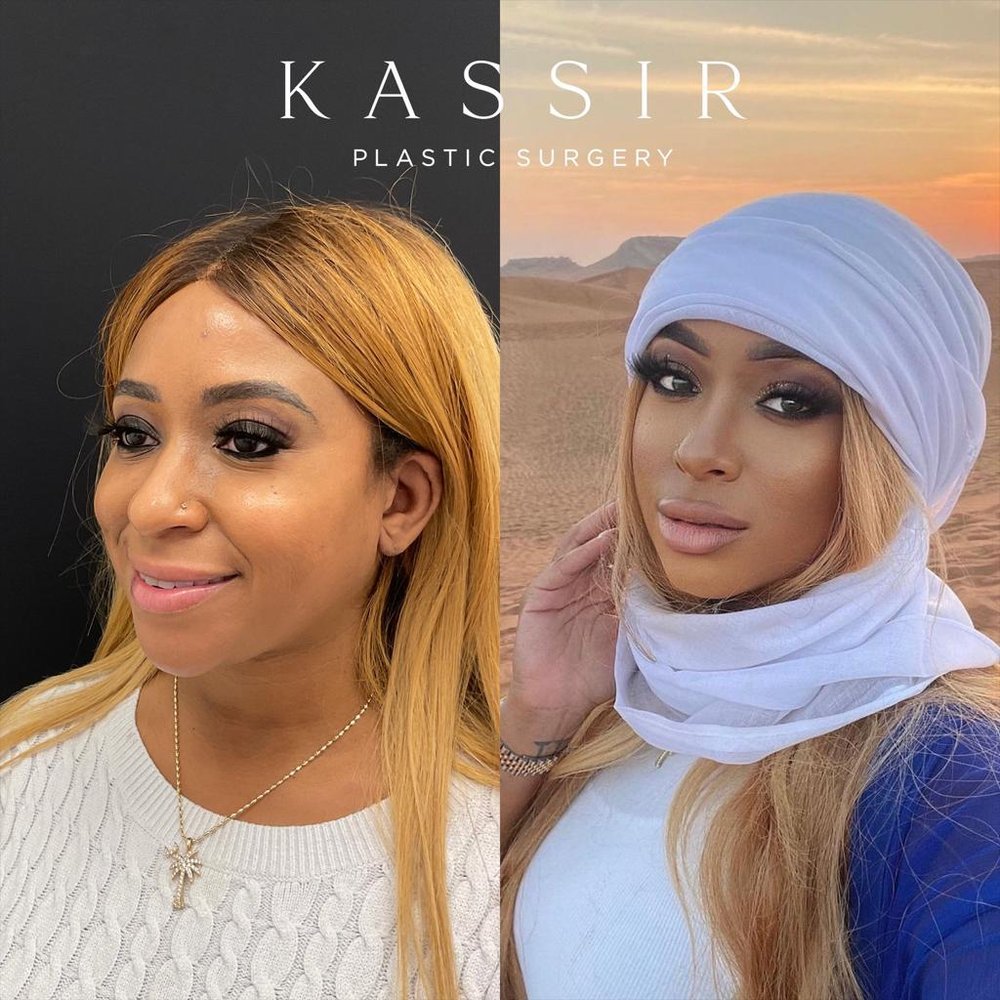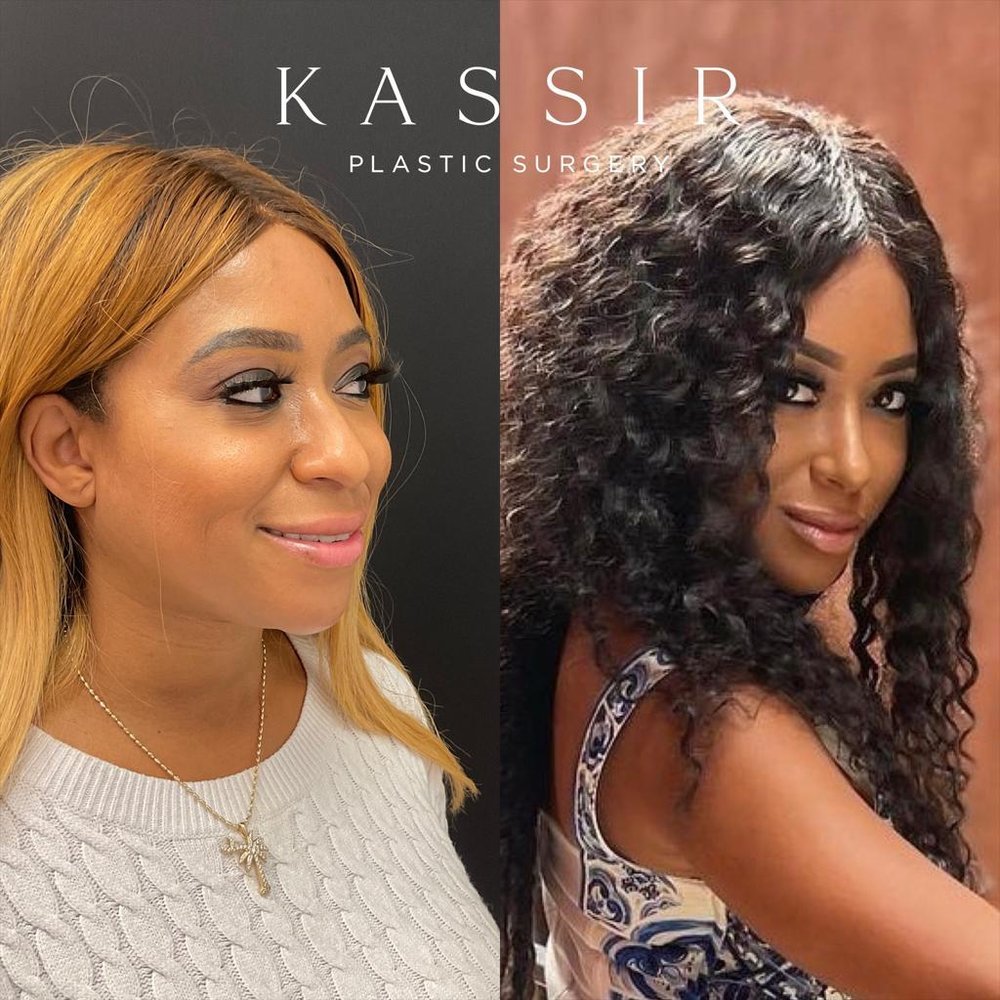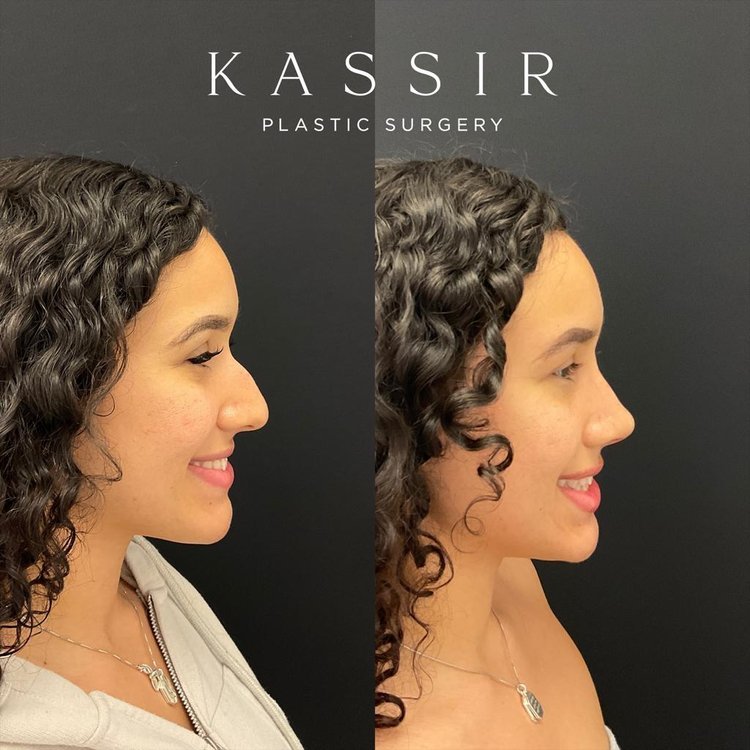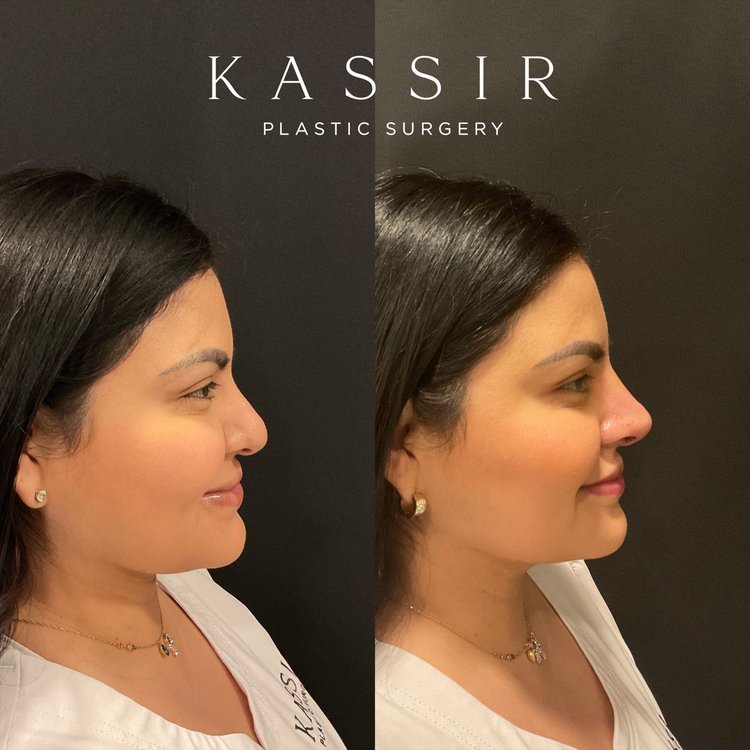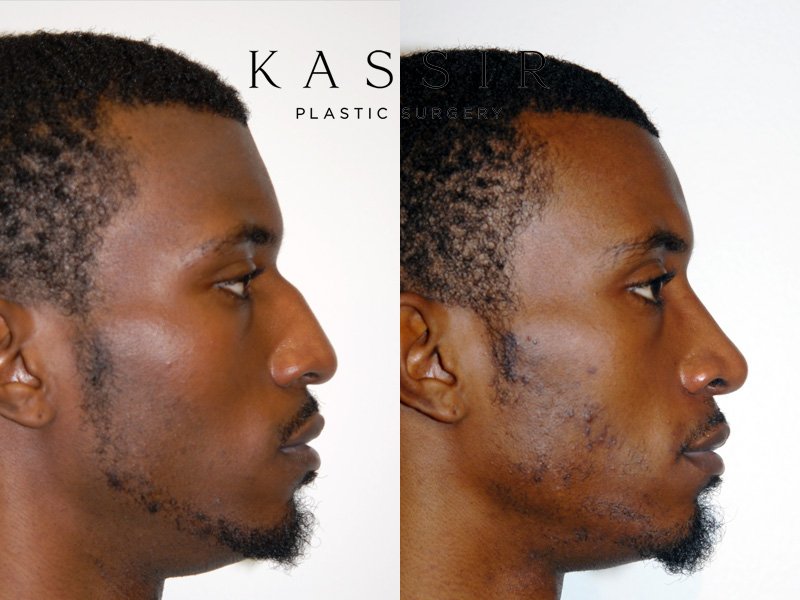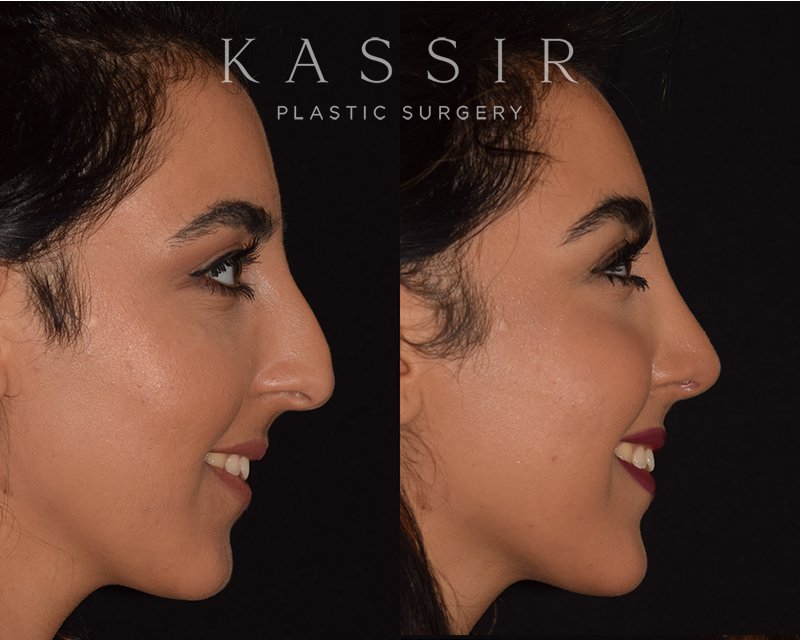BEST ETHNIC RHINOPLASTY
NEW YORK & NEW JERSEY
“I am in love with my nose and lip lift! I did very extensive research trying to find someone who specializes in ethnic rhinoplasty. I found the best! His work speaks for itself! Also coupled with the fact that this man was a sculptor, and is down to earth, his personality made him the one for me! The biggest compliment I could have received a week after my surgery was that all my clients just thought I looked “extra beautiful” and had no idea I had any cosmetic work done ??????, thank you so much”

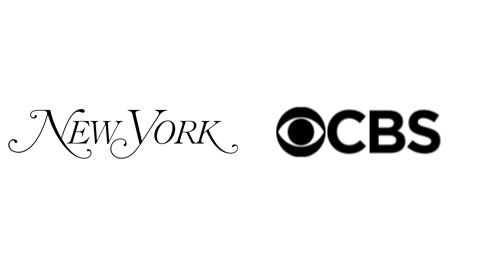


What is Ethnic Rhinoplasty?
Ethnic rhinoplasty refers to rhinoplasty procedures performed on patients of ethnicity. We commonly see patients of African American, Asian, Hispanic, and Middle Eastern descent. Rhinoplasty in ethnic patients often requires a different approach than in Caucasian patients. While individuals vary dramatically, there are some characteristics common to the different ethnicities that can make rhinoplasty more challenging and these must be addressed and taken into account in order to achieve an optimal result
Dr. Kassir specializes in ethnic rhinoplasty or ethnic nose job surgery. He is the top surgeon for patients with an ethnic background in New York and New Jersey.
Asian Rhinoplasty
The Asian facial anatomy traditionally differs in size, shape, skin texture or thickness, structure and appearance from other ethnic groups. These appearances might be slight to the untrained eye, however, these variances are extremely important when it comes to rhinoplasty or nose surgery for Asian patients. Asian rhinoplasty is considerably different because Asian noses have different attributes (thicker, more sebaceous skin, flatter bridge, wider base) than Caucasian noses. With Asian noses, traditionally, procedures focus on augmentation as opposed to reduction. Traditionally, Asian noses have flat bridges, sometimes with less definition and wider nostrils. They may also have a minimal tip. Most Asian patients who want to redefine their noses with rhinoplasty wish to enhance their nose symmetry while creating a more defined, stronger bridge and tip. They often want to narrow their nostrils - which can be done during surgery, too.
African-American Rhinoplasty
Most African-American/black rhinoplasty (“nose job”) patients seek to improve the appearance of their nose without erasing their heritage and identity. Typically, requests include lifting the bridge, narrowing the nostrils, and enhancing the profile. It takes skill and sensitivity to achieve a cosmetic result that beautifies the face while respecting and preserving ethnicity.
There are technical challenges when refining an ethnic nose that deserve special consideration. A plastic surgeon needs to be aware of the fact that African-Americans often have broader and somewhat flatter noses than Europeans. They also have thicker skin (as do Hispanics) and this makes refining the nasal tip more challenging. In addition, African-American nasal bones are comparatively short, requiring special care.
Persian Rhinoplasty
What if your face was your only fashion statement? Your best accessory might be your nose. That is the case in Iran, which has been called the "nose job capital of the world". Rhinoplasty rates have been rising dramatically in the Islamic republic. There is no stigma. In fact, many women openly wear "bandages of honor" on their noses to show they've had the operation. In Iran, women's bodies and hair are largely kept covered by a hijab, or head scarf, and in some cases, a chador, a large shawl to cover the body. Instead of clothing and cosmetics, Iranian women spend their money on tweaking what people can see. Iranian women are also influenced by images of Western culture and Hollywood, where smaller noses are considered beautiful. The ethnic Persian nose is out of vogue.
Young women in Iran, some as young as 14, are having cosmetic surgery in the hope of attaining the Hollywood 'doll face'. Iran has been named the nose job capital of the world - with seven times more operations carried out there than in America-despite the high cost of the surgery. The reasons behind the surgery include self-esteem and marriageability, as well as medical issues and the fact that some women in the country find the Islamic practice of the hijab so limiting when it comes to beauty.
The goal is not to make an Persians look Caucasian. The surgeon must recognize the ethnic features that make that person unique. The nasal proportion guidelines that plastic surgeons in North America are taught have not, traditionally, taken different ethnicities into account. Therefore Dr. Kassir has learned and mastered techniques to recognize and accommodate ethnic features in order to achieve a result that retains the patient's ethnicity. He operates in the middle east every year and has broad experience with middle eastern noses (Persian, Lebanese, Palestinian, Jordanian, Syrian, Israeli, Iraqi, and Turkish)
Hispanic or Latino Rhinoplasty
"Hispanic" or “Latino” often refers to people with Spanish, Portuguese, South and Central American heritage, as well as some Caribbean countries such as Puerto Rico, Cuba, Costa Rica and The Dominican Republic. There are three categories that are used to differentiate between Hispanic noses:
Mestizo nose: a mix of European and native Indian-American elements. This nose is usually broad based, with a wider tip and has quite a thick skin. This is the most difficult nose from all three types of noses in terms of improving its appearance by rhinoplasty surgery. The surgeon has to graft the patient's dorsum of the nose, then extend the tip graft and revise the nose tip.
Castillian nose: a Spanish nose (originally from Spain, as well as some Caucasian noses) has a high bridge and normal tip projecting. This type of nose is often corrected by performing dorsal reduction and tip revision.
Mexican-American nose: a mixture of the Mestizo nose and Castilian nose. This type of nose usually has a low radix (root of the nose) with a normal bridge and drooping tip definition. This type of nose surgery requires grafting of the radix or the dorsum and a tip revision with a columellar graft.
From these three categories, the Mestizo nose and the Mexican-American nose require a highly skilled surgeon to perform rhinoplasty surgery on them. Dr. Ramtin Kassir, a triple board certified facial plastic surgeon in New Jersey who has performed many nose surgeries on Hispanic and Latin American patients, does not believe in the "one nose fits all" idea. Instead, he believes in revealing every person's uniqueness which should be manifested while performing a rhinoplasty surgery, adjusting the tools and techniques used to each individual to achieve an overall harmonious look.
Ethnic rhinoplasty requires a true specialist in the field. Please contact us for more questions or to set up your appointment.

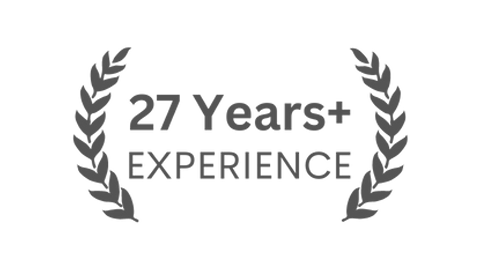
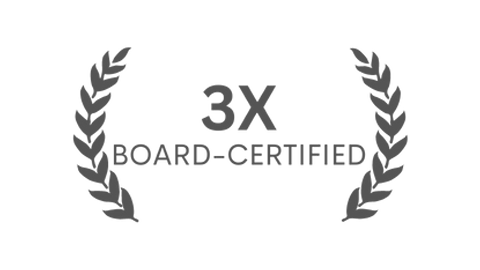
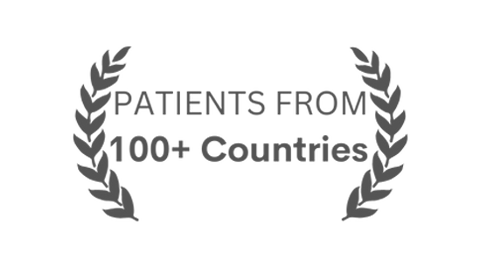
Are the risks for ethnic rhinoplasty surgery different?
The risks associated with ethnic rhinoplasty are similar to those of traditional rhinoplasty, but there may be additional considerations due to the unique characteristics of ethnic noses. These may include difficulty in achieving the desired shape or size without compromising the patient's ethnic identity, the risk of post-operative complications such as asymmetry, and the risk of scarring or skin discoloration. It is important to consult with a qualified and experienced surgeon who has a demonstrated track record of success with ethnic rhinoplasty.
What is the cost of ethnic rhinoplasty?
The cost of ethnic rhinoplasty can vary depending on several factors such as the location of the surgery or if additional procedures are performed. In general, ethnic rhinoplasty costs as much as regular rhinoplasty but in selected cases may be more expensive than traditional rhinoplasty due to the additional considerations and expertise required to achieve a natural-looking result that preserves the patient's ethnic identity.
Additionally, ethnic rhinoplasty often requires more extensive revision surgeries than traditional rhinoplasty due to the unique characteristics of ethnic noses; this can also affect the cost of the surgery.
It is important to remember that the cheapest option is not always the best, and it is essential to research and find a qualified and experienced surgeon with a demonstrated track record of success with ethnic rhinoplasty.
It is also essential to check with your insurance coverage as many insurance plans do not cover the costs of ethnic rhinoplasty as it is considered cosmetic surgery.












ETHNIC RHINOPLASTY GALLERY
Schedule a consultation
CALL TODAY 212-288-3000
To schedule a private consultation with Dr. Kassir or Dr. Franck, please call the office or request an appointment online. We welcome your visit.
FACELIFT / RHINOPLASTY / LIP LIFT / BROWLIFT / BREAST AUGMENTATION / TUMMY TUCK / BOTOX / FILLERS / NSR

